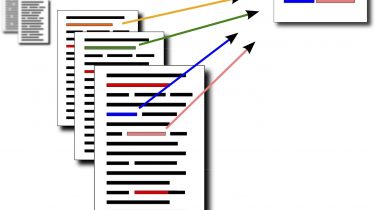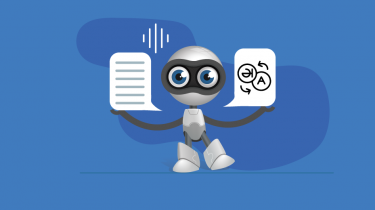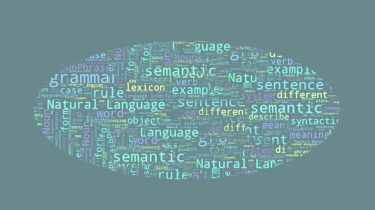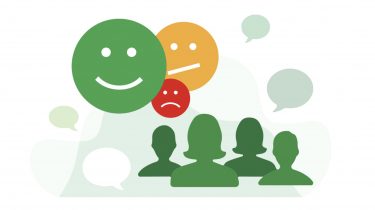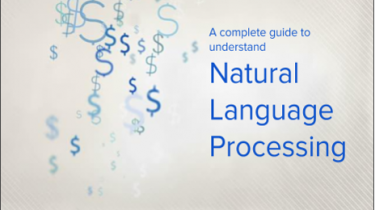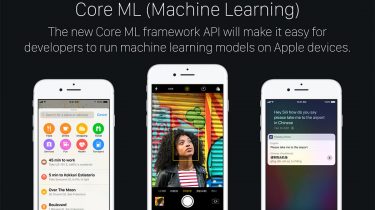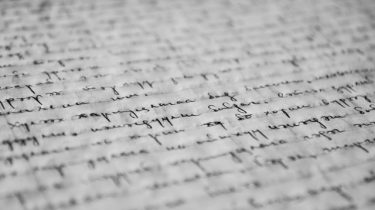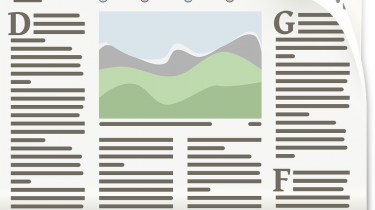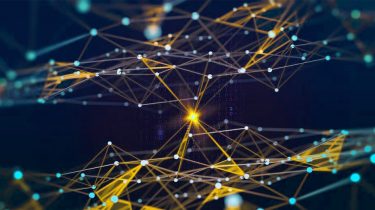Summarize Twitter Live data using Pretrained NLP models
Introduction Twitter users spend an average of 4 minutes on social media Twitter. On an average of 1 minute, they read the same stuff. It shows that users spend around 25% of their time reading the same stuff. Also, most of the tweets will not appear on your dashboard. You may get to know the trending topics, but you miss not trending topics. In trending topics, you might only read the top 5 tweets and their comments. So, what are […]
Read more
